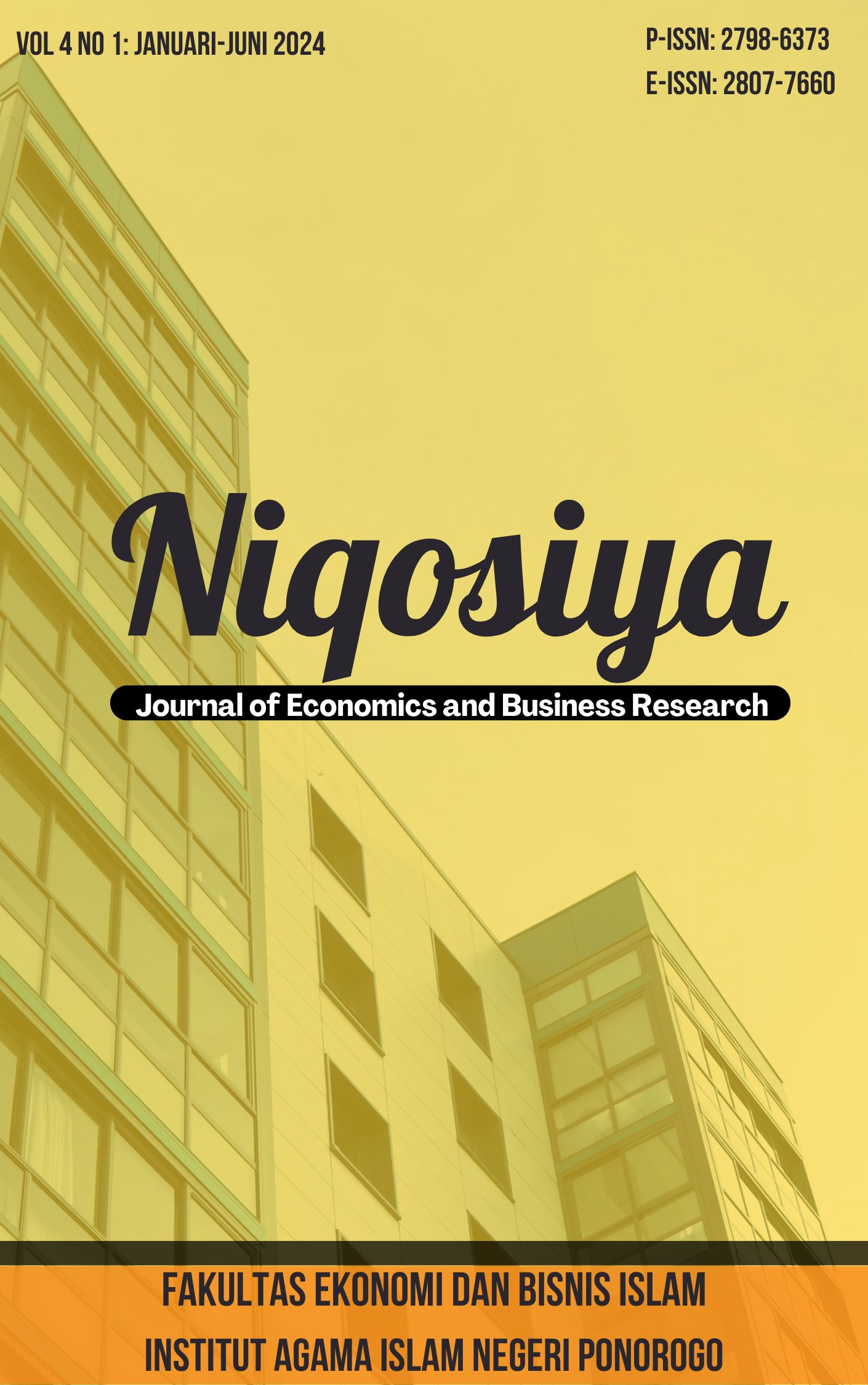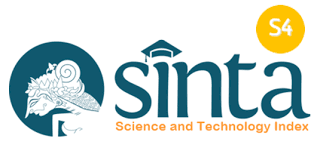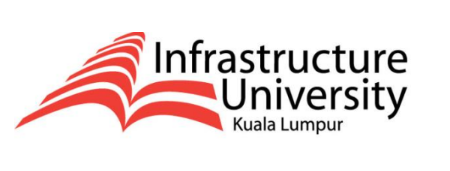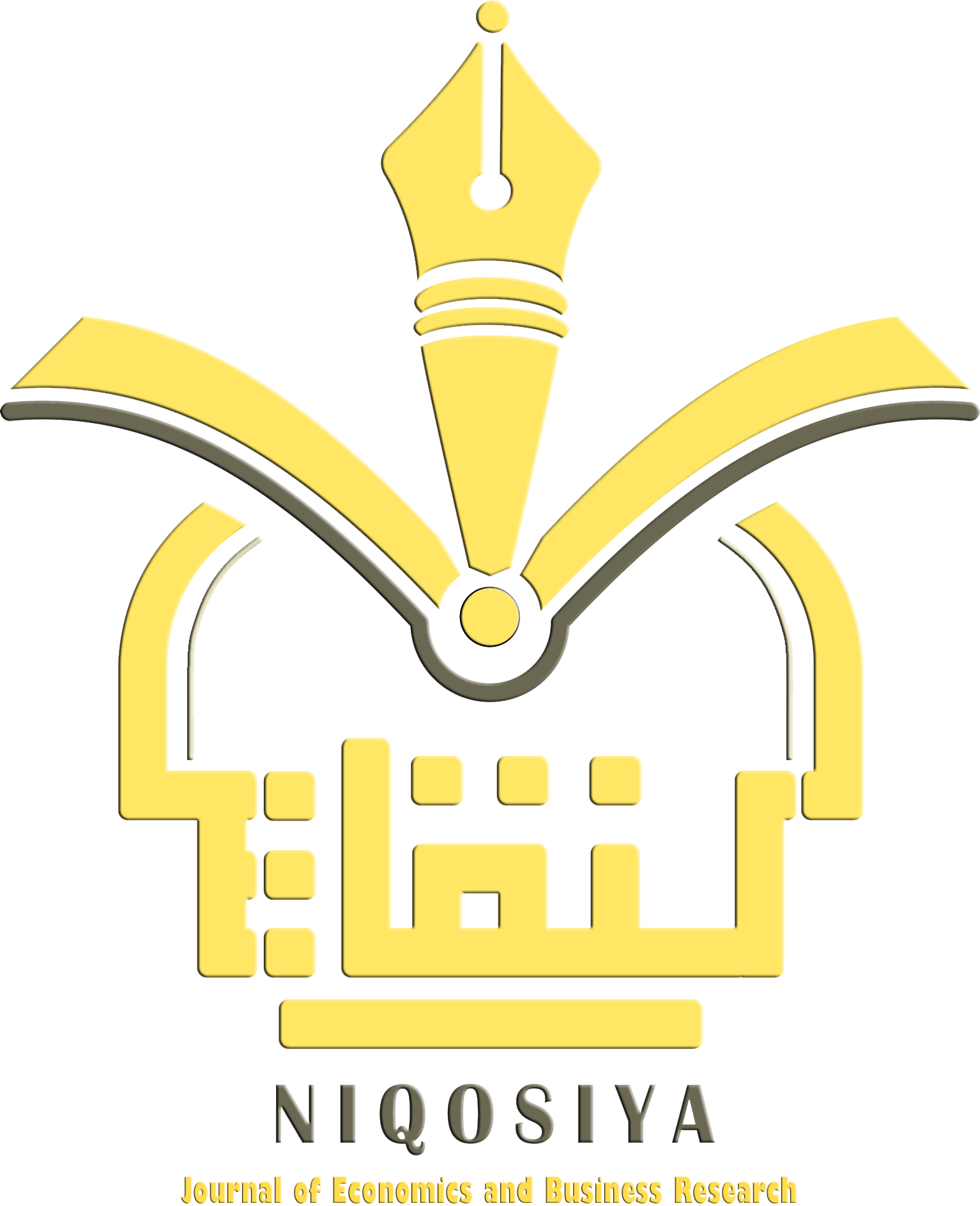Poverty Determination Analysis In Seventeen Districts With The Highest Poverty Rate In East Java
Abstract
Poverty has, until now, become an endless issue when discussed. This study aims to test and analyze several macroeconomic variables in the form of GRDP, open unemployment, minimum wage, and human development index about the poverty rate in seventeen districts in East Java with the highest poverty rate. By using panel data regression analysis and Eviews as the analysis tool, the results showed that partially only HDI had a significant effect on poverty. In contrast, the other three dependent variables showed the opposite result. The regression results also showed that the influence of four variables simultaneously affected poverty. The results of this research can be a reference in determining government policies at the central and regional levels to reduce the rate of poverty in each region.
Downloads
References
Bach, M., & Morgan, M. S. (2020). Measuring Difference? The United Nations’ Shift from Progress to Poverty. History of Political Economy, 52(3), 539–560. https://doi.org/10.1215/00182702-8304855
Bari, K. M., Nadeem Sarwar, M., Ali, S., & Musa Kaleem, M. (2021). Investigating the Relationship between Youth Unemployment and Macroeconomic Policies in Pakistan. Ilkogretim Online, 20(5), 3942–3952. https://doi.org/10.17051/ilkonline.2021.05.433
Bawazir, A. A., Osman, A. F., & Aslam, M. (2022). Factors Affecting Female Labor Force Participation in the Middle East: An Empirical Evidence from Panel Data Approach. Journal of Developing Areas, 56(1), 59–72. https://doi.org/10.1353/jda.2022.0010
Bayar, Y., & Diaconu Maxim, L. (2020). Effects of labor market and business regulations on unemployment: Evidence from EU transition economies. Labor History, 61(5/6), 608–620. https://doi.org/10.1080/0023656X.2020.1841125
Beggs, M. (2021). Labour in the Technocratic Frame: Macroeconomic Policy and Wages in 1950s Australia. Labour History, 121, 129–154. https://doi.org/10.3828/jlh.2021.21
Berutu, E., & Usman, U. (2018). Pengaruh Produk Domestik Regional Bruto, Investasi Indutri Kecil Dan Jumlah Penduduk Terhadap Kemiskinan Kota Lhokseumawe (Studi Kasus Tahun 2006-2016). Jurnal Ekonomi Regional Unimal, 1(1), 23–29.
Bintang, A. B. M., & Woyanti, N. (2018). Pengaruh Pdrb, Pendidikan, Kesehatan, Dan Pengangguran Terhadap Tingkat Kemiskinan Di Jawa Tengah (2011-2015). Media Ekonomi Dan Manajemen, 33(1).
Bohlmann, J. A., Chitiga-Mabugu, M., & Mushongera, D. (2021). Youth and Unemployment: Our Present Problem and a Missed Opportunity. Africa Today, 68(2), 142–148. https://doi.org/10.2979/africatoday.68.2.07
Castells‐Quintana, D., Royuela, V., & Thiel, F. (2019). Inequality and sustainable development: Insights from an analysis of the human development index. Sustainable Development, 27(3), 448–460. https://doi.org/10.1002/sd.1917
Dur, R. A. J. (2001). Wage–Setting Institutions, Unemployment, and Voters’ Demand for Redistribution Policy. Scottish Journal of Political Economy, 48(5), 517. https://doi.org/10.1111/1467-9485.00212
Ehigiamusoe, K. U., Guptan, V., & Narayanan, S. (2021). Rethinking the impact of GDP on financial development: Evidence from heterogeneous panels. African Development Review, 33(1), 1–13. https://doi.org/10.1111/1467-8268.12469
Fithri, N., & Kaluge, D. (2017). Analisis Pengaruh Pengeluaran Pemerintah Sektor Pendidikan Dan Kesehatan Terhadap Kemiskinan Di Jawa Timur. Jurnal Ekonomi Pembangunan, 15(2), 129–136.
Galimberti, J. K. (2020). Forecasting GDP Growth from Outer Space. Oxford Bulletin of Economics & Statistics, 82(4), 697–722. https://doi.org/10.1111/obes.12361
Gravelle, J. G. (2020). Wage Inequality and the Stagnation of Earnings of Low-Wage Workers: Contributing Factors and Policy Options. Congressional Research Service: Report, 1–29.
Hapazari, J., & Loubser, Nd. (2021). Rural people’s perceptions regarding causes and solutions of poverty: The Lesotho milieu. Eastern Africa Social Science Research Review, 37(1), N.PAG-N.PAG. https://doi.org/10.1353/eas.2021.0004
Harmes, H., Juanda, B., Rustiadi, E., & Barus, B. (2017). Pemetaan Efek Spasial pada Data Kemiskinan Kota Bengkulu. Journal of Regional and Rural Development Planning, 1(2), 192–201.
Heriansyah, R. D., Nuraini, I., & Kusuma, H. (2018). Analisis Pengaruh Jumlah Industri Dan Indeks Pembangunan Manusia Terhadap Jumlah Penduduk Miskin Di Kabupaten/Kota Provinsi Banten Tahun 2012-2016. Jurnal Ilmu Ekonomi JIE, 2(3), 453–463.
Isa, D. P., Arham, M. A., & Dai, S. I. (2019). Effects of capital expenditures, development index and unemployment on poverty in Gorontalo Province. Jambura Equilibrium Journal, 1(1).
Kusuma, B., & Muthmainnah, A. (2022). Business Capital Funding Through the Financial Sector to Reduce Unemployment in Indonesia. Jurnal Ekonomi Pembangunan: Kajian Masalah Ekonomi Dan Pembangunan, 23(2), 170–178.
Provinsi Jawa Timur dalam Angka 2020. (2020). BPS Provinsi Jawa Timur.
Ramdhan, D. A., Setyadi, D., & Wijaya, A. (2018). Faktor-faktor yang mempengaruhi tingkat pengangguran dan kemiskinan di kota samarinda. INOVASI, 13(1), 1–18.
Romi, S., & Umiyati, E. (2018). Pengaruh pertumbuhan ekonomi dan upah minimum terhadap kemiskinan di Kota Jambi. E-Jurnal Perspektif Ekonomi Dan Pembangunan Daerah, 7(1), 1–7.
Sayifullah, S., & Gandasari, T. R. (2016). Pengaruh indeks pembangunan manusia dan pengangguran terhadap kemiskinan di Provinsi Banten. Jurnal Ekonomi-Qu, 6(2).
Susanto, E., Rochaida, E., & Ulfah, Y. (2018). Pengaruh inflasi dan pendidikan terhadap pengangguran dan kemiskinan. Inovasi, 13(1), 19–27.
Todaro, M. P. (2013). Edisi Kesebelas. Pembangunan Ekonomi. Jakarta: Erlangga.
Yakışık, H., Dölarslan, E. Ş., & Zülfikar, B. Ş. (2017). A New Scale of Poverty: How the Officially Recorded Poor People in Turkey Perceive Themselves. Development Policy Review, 35, O322–O337. https://doi.org/10.1111/dpr.12225
Zuhdiyaty, N., & Kaluge, D. (2017). Analisis Faktor-Faktor Yang Mempengaruhi Kemiskinan Di Indonesia Selama Lima Tahun Terakhir. Jurnal Ilmiah Bisnis Dan Ekonomi Asia, 11(2), 27–31.
Copyright (c) 2024 Moh. Faizin, Muh. Najib Amril Huda

This work is licensed under a Creative Commons Attribution-NonCommercial 4.0 International License.














